Crypto is one of the most volatile assets in the market. As such, seasoned crypto traders must execute transactions at high speed with precision. This is where crypto algorithm trading strategies come in.
In this guide, we explain what crypto algorithm trading is and how you can benefit from it. We also explore common algo trading systems and offer practical insights for their implementation.
Here are the key points regarding crypto algorithm trading: Crypto algorithm trading refers to utilizing computer programs to automate transactions. These programs rely on a predefined set of rules to identify opportunities in the crypto market. Crucially, crypto algorithm trading allows you to execute positions at rapid speed with high precision. This method differs from traditional manual trading, where you might miss opportunities due to delayed order executions. Additionally, crypto algorithm trading is not dependent on human intuition. This eliminates the aspect of emotional decision-making in crypto trading. The essence of trading algorithms is the automation of routine actions. Ultimately, the entire process of trading cryptos can be automated using an algorithm. Moreover, crypto algorithms allow you to trade multiple coins simultaneously. This helps mitigate the risk and ensure trading outcomes are more efficient. At its core, crypto algorithm trading leverages advanced software programs. These programs thoroughly scrutinize large volumes of market data – including price trends, volume, and other relevant metrics. They can also be programmed to execute different trading strategies. Depending on the strategy, the algorithm will identify potentially profitable opportunities and place trades accordingly. For instance, let’s say your crypto algorithm uses a momentum trading strategy for the pair BTC/USDT. Here’s an example of how the algorithm would operate in the crypto market: Ideally, the positions will be closed using a take-profit order. However, algorithms can also be programmed to use stop-loss orders if the market moves against your position. Crucially, the algorithm never stops working. The best crypto algorithm trading tools can also generate detailed performance reports. This allows the tool to refine its strategy for future trades. Read on to learn what strategies are used in crypto algorithm trading. The efficiency of a crypto trading algorithm depends on the strategies integrated into its code. Below, we explore some of the most commonly used strategies found in crypto trading algorithms. Scalping is a strategy focused on generating small profits over short time frames. The goal is to make numerous profitable trades throughout the day. This strategy suits the crypto market well due to its high volatility and frequent price fluctuations. In scalping, traders open and close their positions within seconds or minutes. As such, scalping requires rapid trade execution to exploit fleeting market opportunities. Therefore, many traders rely on crypto algorithm trading when using the scalping strategy. Due to the large number of trades, risk management is critical when scalping. Algorithms should be capable of using stop-loss orders to limit losses. Tools should also adjust position sizes dynamically based on market conditions. Range trading involves identifying price levels for a crypto coin over a specific period. Traders usually use algorithms to define support and resistance levels for the range. This could be done using technical indicators such as the Fibonacci Retracement, Bollinger Bands, or Average True Range. If the price moves past the established range, the algorithm can adapt by identifying a new range. Alternatively, trading can also be paused until a new pricing zone is determined. Arbitrage trading is one of the most commonly used strategies in crypto algorithms. In this approach, you take advantage of price differences of the same crypto coin on different exchanges. In most cases, the mispricing will only exist for a few seconds. Therefore, speed is paramount. Needless to say, manually identifying these price differences can be challenging. Only crypto algorithms that scan multiple order books constantly and identify such arbitrage opportunities. In HFT or high frequency trading, you use the algorithm to execute multiple orders at extremely high speed. Typically, these orders are executed in a matter of seconds. HFT algorithms often use the arbitrage strategy to find price inefficiencies in the crypto market quickly and consistently. However, the fundamental distinction here is the number of trades executed. HFT algorithms execute a large volume of positions – well before traders can react to the price disparity. This requires the algorithm to have advanced computing power and access to large capital balances. For this reason, HFT trading is often pursued by institutional traders. Moreover, HFT is competitive, and profitability often depends on speed. While HFT can generate significant profits, it carries risks, such as potential market disruptions and increased regulatory scrutiny. Also known as intraday trading, this strategy refers to opening and closing positions within the same day. The algorithm will be programmed to exploit the high volatility of the crypto market. Depending on the code, trading decisions are based on technical indicators and predefined rules. Some of the most common indicators used in crypto day trading are discussed below: This indicator helps calculate the average price of a crypto over a specified period. When the price of the crypto moves above or below the average, the algorithm will identify a trend. For instance, the algorithm might buy Ethereum when its 50-day MA crosses the 100-day MA, signaling an uptrend. This indicator shows the connection between two moving averages (short-term and long-term), alongside a signal line. Traders use the MACD to identify changes in momentum and potential trend reversals. For instance, an algorithm might trade Litecoin based on MACD crossovers, buying when the MACD line moves above the signal line. On the contrary, the algorithm might sell Litecoin when the MACD falls below the signal line. The RSI measures the speed of price movements. It’s used to understand when a crypto is overbought or oversold. So, an algorithm will sell the crypto when the RSI exceeds 70 and buy when the indicator falls below 30. These indicators are just a small selection of tools used by day trading algorithms. They enable traders to execute precise, data-driven decisions swiftly. Crypto algorithm trading can thus harness the market’s volatility to place profitable trades within a single day. In crypto, market making refers to a strategy where you provide liquidity to both buyers and sellers of a particular coin. The goal is to profit from the spread of the respective pair, which is the gap between the bid and ask prices. Crypto algorithms can constantly monitor the market conditions and adjust the bid/ask prices accordingly. To do this, the algorithm considers factors such as order book dynamics, price movements, trading volume, and market volatility. Market making also requires robust risk management tools. To mitigate the risk, the algorithm must limit the size and number of trades. Additionally, algorithms used in market making must also adapt quickly to changing market conditions to maintain competitive bid/ask spreads. To conclude this section, there are dozens of strategies that can be programmed into crypto algorithms. It’s up to the trader to choose strategies that best match their goals, style, and risk appetite. The specifics of coding a crypto trading algorithm are beyond the scope of most beginners. Nonetheless, let’s look at a brief overview of the required process. First, shortlist the strategies you want the algorithm to follow. This could be trend trading, scalping, or arbitrage. Additionally, determine which technical tools should be deployed by the algorithm program. For instance, if you want to develop a scalp trading algorithm, you might want to use the RSI, moving averages, and volume indicators. These rules could be: Also, define the rules for how the algorithm should function when identifying entry and exit points. You should also ensure that risk management tools are in place. Each strategy requires these precise parameters to be effective, ensuring the algorithm reacts swiftly to market conditions. Next, you have to turn that decision-making process into actual code. Some of the most common coding languages used by algorithms include Python, Nodejs, R, Java, and C++. Needless to say, this stage requires you to be proficient in programming languages. Alternatively, consider paying a freelance programmer to build the algorithm for you. After creating the algorithm, it’s time to test it. Backtesting is the process of testing a trading strategy using historical market data. To do this, you can download crypto data sets – the longer and more in-depth the better. During backtesting, run simulations over different conditions, including bullish and bearish markets, high volatility, and stable periods. You can also run backtests on multiple crypto pairs. Backtesting allows you to simulate your algorithm’s performance under various market conditions. This, in turn, helps you assess its viability and profitability. The primary purpose of backtesting is to refine your algorithm. The backtests provide you with verifiable results. For instance, the algorithm might perform well during stable market conditions but underperform during a sudden market shift. Such insights enable you to tweak the strategy to maximize its capabilities. After the backtesting stage, you can connect the algorithm to a crypto exchange using an API. Most crypto exchanges facilitate API integration – you can get the unique API key from your account. Once integrated, the algorithm will use the price feeds from the exchange as the input. The output will be the trade orders generated. When using an algorithm for the first time, it’s prudent to test it on a demo account. This will ensure the algorithm performs as expected in real-time conditions. This includes order placement, latency, and API integration. Moreover, if any underperformance issues are identified during demo testing, you’ll have the opportunity to adjust the algorithm. Finally, transition to live trading cautiously with small amounts and lower order sizes. Simply put, to develop an effective algorithm trading program, you need to be an experienced specialist – both in crypto and coding. On the other hand, there are also readymade trading bots available on the market. Even complete beginners can use these. What’s more, some algorithmic trading tools can be customized. For instance, you can set the risk parameters and select which crypto to trade. However, the effectiveness of third-party algorithms will depend on the quality of the underlying program. Crypto algorithm trading has increasingly become popular in the past few years. Before proceeding, consider the benefits and drawbacks of using an algorithm for crypto trading. Let’s start with the benefits of crypto algorithm trading. One of the best benefits of crypto trading algorithms is the lack of emotional elements. These programs are entirely governed by code. Meaning, programs aren’t influenced by fear or greed – which often leads to irrational trading decisions. Instead, algorithmic trading ensures discipline and consistency in executing trades. In fast-moving markets like crypto, prices can fluctuate rapidly. Algorithms can react instantly to these price changes and execute orders almost instantly. This minimizes the risk of missing profitable opportunities due to delayed order processing. Algorithmic trading systems are equipped to monitor markets continuously. This is a huge advantage for crypto traders, considering the markets are open 24/7. This continuous vigilance allows algorithms to react swiftly to sudden price movements, news events, or other market catalysts impacting the price of cryptos. Using algorithmic trading ensures you don’t miss any opportunities, no matter the time of day. Another notable advantage of algorithms is that they can be backtested. Backtesting allows you to evaluate the strategy’s effectiveness and profitability in different market conditions. It also allows traders to refine their crypto trading algorithms to minimize risks. With a crypto algorithm, there’s virtually no limit to the strategies and technical indicators you can use. Whether you choose high frequency, momentum trades, scalping, or arbitrage, the algorithm can be adjusted to your style and preference. Now, let’s dive into the drawbacks of crypto algorithm trading. To develop an effective crypto algorithm, you need a deep understanding of financial markets and advanced programming skills. Moreover, both financial and tech markets are constantly evolving. Traders must continuously update their knowledge and skills to stay competitive. In other words, crypto algorithm trading is not something that beginners can easily pick up. Overfitting occurs when an algorithm performs well on past data but not new ones. This happens when the algorithm is too closely tailored to historical price data. Meaning, they might perform well during backtesting, giving traders a false sense of security. However, the algorithm might fail when faced with new, live market conditions. Using an algorithm for crypto trading works best in highly liquid markets. However, not all crypto coins have deep liquidity. For instance, small-cap coins often have wide bid/ask spreads and high order slippage. This means the algorithm can face challenges when executing orders at its desired prices. This can particularly be an issue when using algorithms for arbitrage or HFT strategies. Trading algorithms are not set-and-forget solutions. They require regular updates to adapt to the evolving market conditions. Additionally, crypto algorithms also need maintenance to correct any bugs or inefficiencies. In addition, the efficiency of crypto algorithm trading depends on reliable technical infrastructure. This includes robust servers, secure networks, and, of course, high-speed internet. Any failure in this infrastructure can lead to significant trading losses. Effective crypto risk management is crucial in this volatile market. Crucially, crypto algorithm trading enables advanced risk techniques beyond manual capabilities. Here are some strategies that traders employ to manage risks effectively in algorithmic trading. The concept behind diversification is simple. Instead of putting all your trading capital into one crypto, you spread it across multiple coins. Crypto algorithm trading can be programmed to do exactly that. For instance, algorithms let you trade multiple crypto pairs simultaneously. Additionally, you can deploy multiple strategies across different pairs or exchanges. Stop-loss orders are used to close a position once its price reaches a predetermined level. They’re designed to limit losses by preventing further declines beyond a certain point. Additionally, you can also code the algorithm to use trailing stop losses. These orders adjust the trigger prices dynamically as the market price moves in your favor. Meaning, if the price of a crypto increases, the trailing stop loss will also move up, locking in profits while still protecting against downside risks. When deploying crypto trading algorithms, you should specify the amount of capital allocated to each trade. This is particularly important if the algorithm is designed to use leverage. Proper position sizing ensures that no single losing trade will disproportionately affect your trading bankroll. You can calculate fund allocation based on your specific risk-reward ratio. Using algorithms for crypto trading isn’t a one-step process. You must monitor your algorithm’s performance and market conditions continuously. This is crucial to ensure the optimal performance of the program. You should also adjust trading strategies and other order parameters based on real-time data and market developments. In most cases, it’s legal to use crypto algorithm trading tools. However, traders should consider the regulations in their home country. Each jurisdiction will have different laws governing crypto trading, including rules on automated systems. For instance, in the US, crypto is governed by multiple agencies, including the SEC, CFTC, and FinCEN. On the other hand, the EU has a more harmonized approach with the Markets in Crypto-Assets (MiCA) Regulation. Some jurisdictions may require traders to register with financial authorities or meet specific criteria before using algorithmic crypto trading software. Traders must educate themselves on these regulations to avoid legal issues. Algorithmic trading was primarily used by institutional and professional traders. However, today, there are many crypto algorithm trading tools accessible to retail clients, including beginners. That being said, crypto algorithm trading is not for everyone. Read on to explore the key differences and similarities between traditional crypto and algorithmic trading. In traditional trading, you rely on experience and skills to analyze market trends, news, and technical indicators. This can also include making trading decisions based on emotions or instincts. Conversely, algorithm trading strictly follows predefined criteria. It places trades based on data from price movements, volume changes, or specific technical signals. Crucially, no instincts influence decision-making. Perhaps the most attractive element of crypto algorithm trading is its speed. The algorithm executes trades rapidly, often in milliseconds. This level of efficiency is practically impossible when trading manually. Therefore, if you’re using strategies such as arbitrage or HFT, crypto algorithm trading will be the best option. In traditional trading, market knowledge and analysis skills are crucial. Traders must understand crypto technical chart patterns, indicators, and market sentiment. Algorithms require a whole different set of skills, along with trading efficiency. You should also be an expert in programming to develop and maintain algorithms. We’ve established that crypto algorithm trading is a complex undertaking. Not only should you understand the crypto market, but also be technically savvy. This includes being proficient in modern programming languages. However, you can overcome these challenges by using automated crypto trading bots. Fully automated bots deploy advanced trading algorithms and offer the following advantages: Algobot is one of the leading automated crypto trading bots available today. It uses AI to scan the market and look for trading opportunities around the clock. Moreover, Algobot facilitates customization so you can adjust the bot to your preferred risk appetite. Most importantly, Algobot is a plug-and-play solution, so no prior experience is needed.
Overall, crypto algorithm trading represents a refined approach to trading digital currencies. It offers speed, efficiency, and the potential for enhanced profitability in the dynamic crypto market. Additionally, crypto algorithms save you from mundane tasks such as constant market monitoring and manual risk management. However, algorithm trading also requires advanced technical and trading expertise. You should also understand the risk involved and responsibly manage your trading bankroll. Crypto algorithm trading can be profitable when executed with well-defined strategies and robust risk management. However, success depends on market conditions, the algorithm’s performance, and risk tolerance. Crypto algorithms use mathematical models to investigate market data and uncover trading opportunities. These algorithms are developed using different strategies, such as technical indicators, price action, and arbitrage. The benefits of crypto algorithm trading include automated execution for speed and precision and eliminating emotional decision-making. Also, algorithm trading lets you scale the number of trades and backtests your strategies autonomously. Algorithmic trading is legally permissible. However, the program must comply with jurisdictional regulations in your respective country. It must not manipulate markets, engage in insider trading, or violate any laws. Yes, as with all types of trading, crypto algorithms come with inherent risks. This includes a dependence on historical data, overfitting, technical failures, intense competition, and potential regulatory hurdles. Crypto Algorithm Trading – Key Takeaways
What is Crypto Algorithm Trading?
How does Crypto Trading Algorithm Work?

Common Strategies in Crypto Algorithm Trading
Scalping
Range Trading

Arbitrage Trading
High Frequency Trading
Day Trading
Moving Averages (MA)
Moving Average Convergence Divergence (MACD)
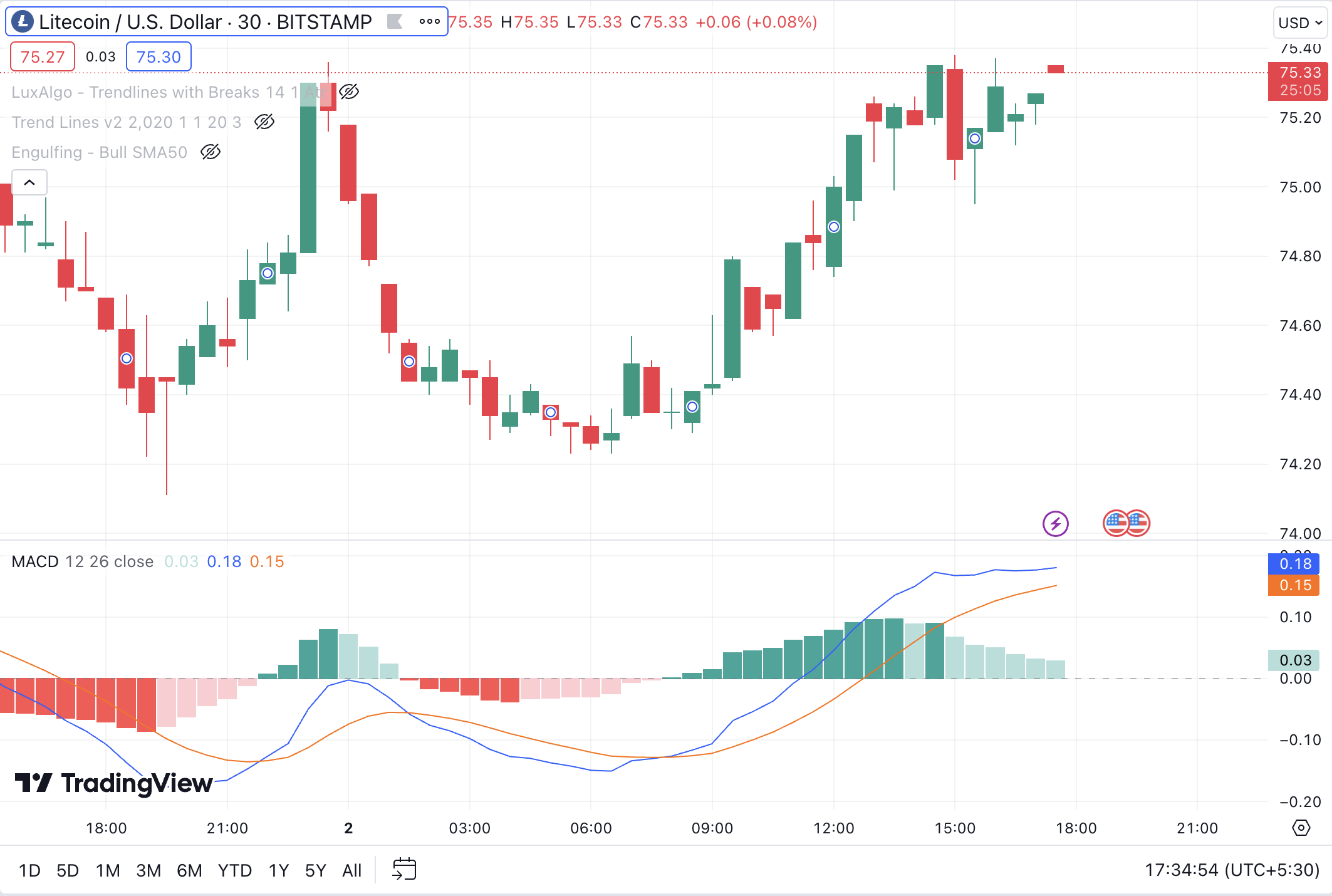
Relative Strength Index (RSI)
Market Making
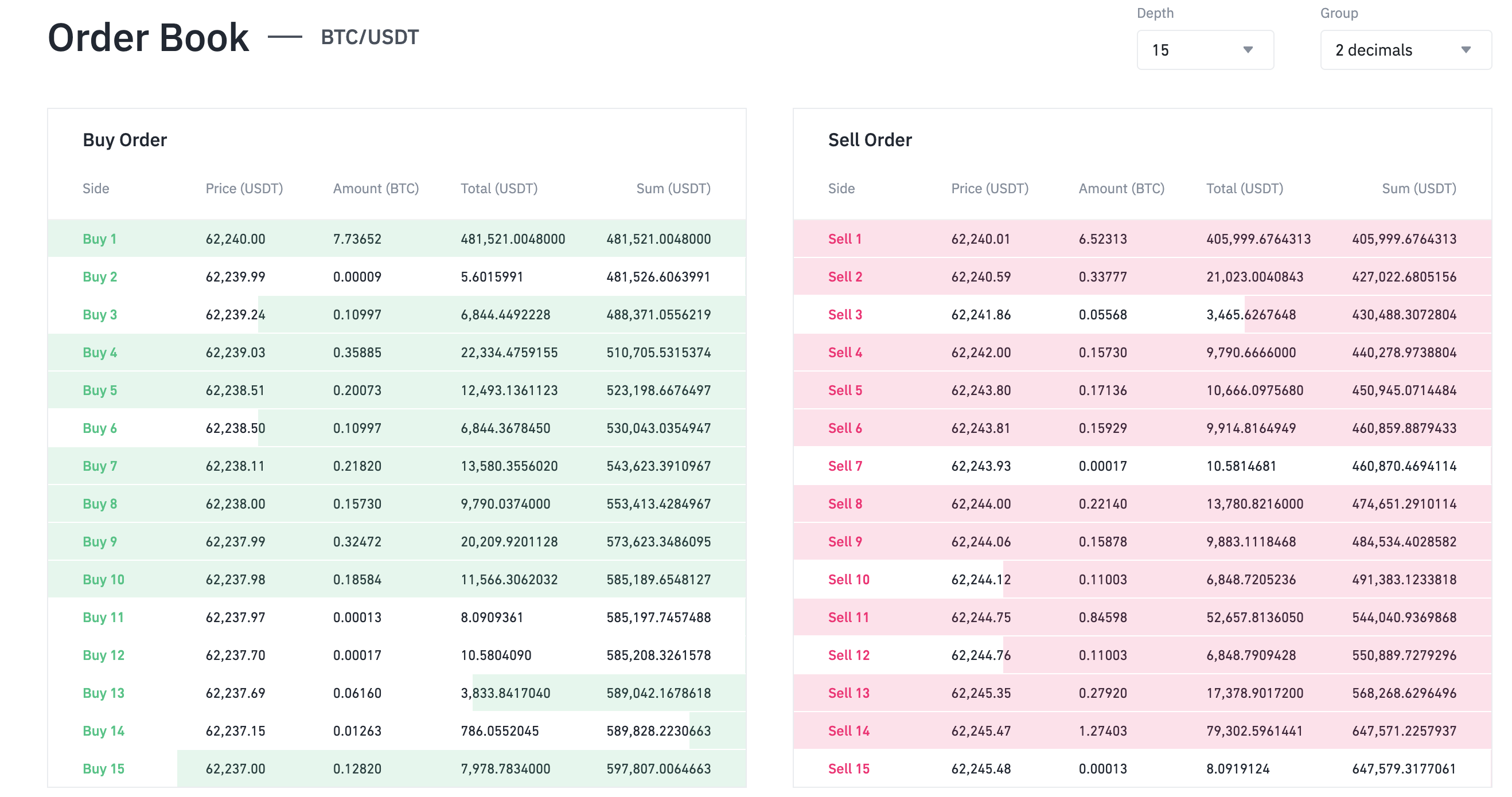
How To Develop and Use Algorithm for Crypto Trading
1. Determine the Strategy
2. Write the Algorithm
3. Backtesting Using Historical Data
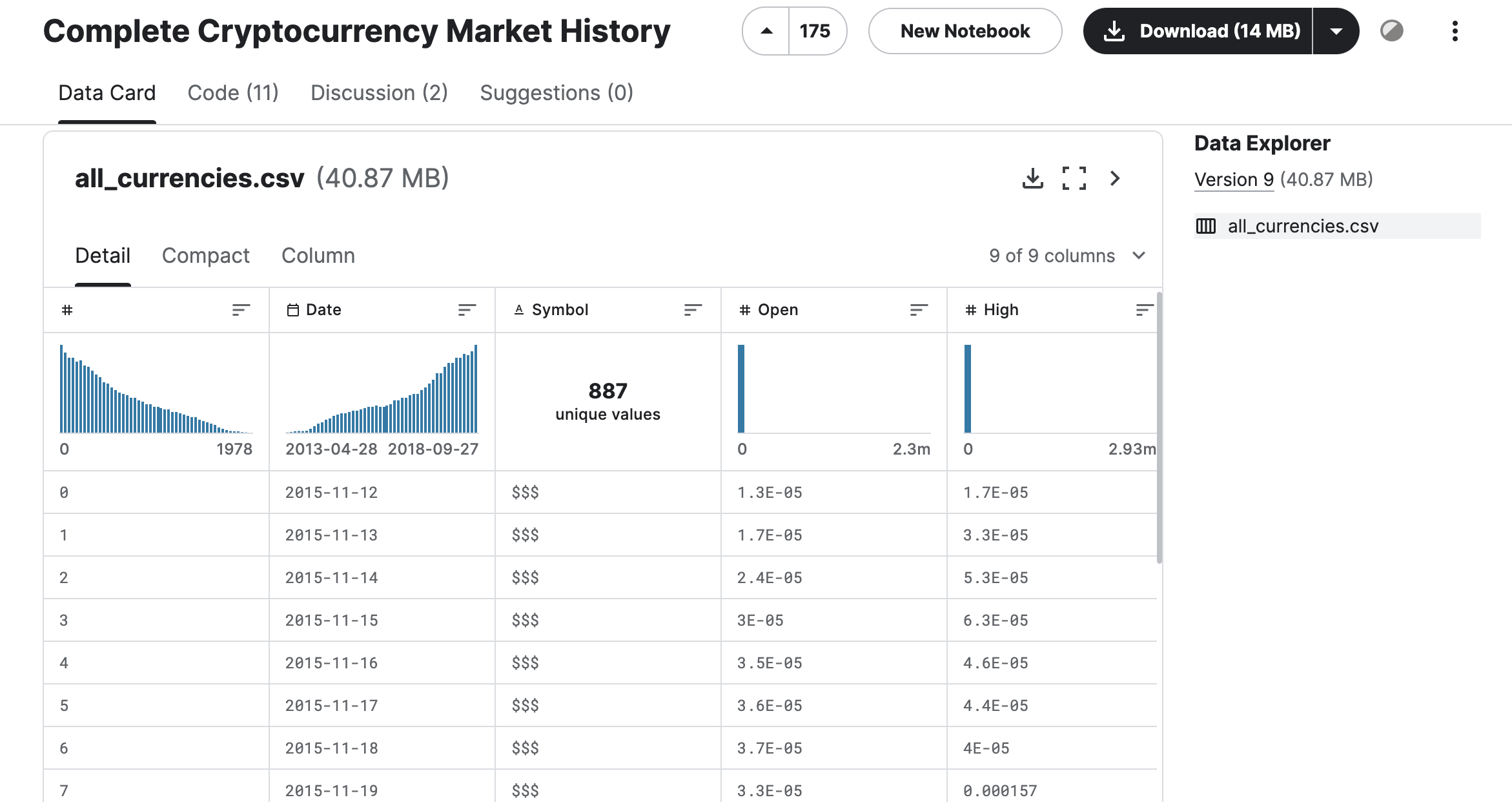
4. Make Adjustments to the Algorithm
5. Connect Algorithm via API

6. Run Your Algorithm in Demo Accounts
7. Start Live Trading and Monitoring
Pros and Cons of Crypto Algorithm Trading
Advantages of Crypto Algorithm Trading
No Emotional Influence
Speedy Executions
Constant Market Monitoring
Backtesting
Works With Multiple Strategies
Limitations of Crypto Algorithm Trading
Demands Technical Expertise
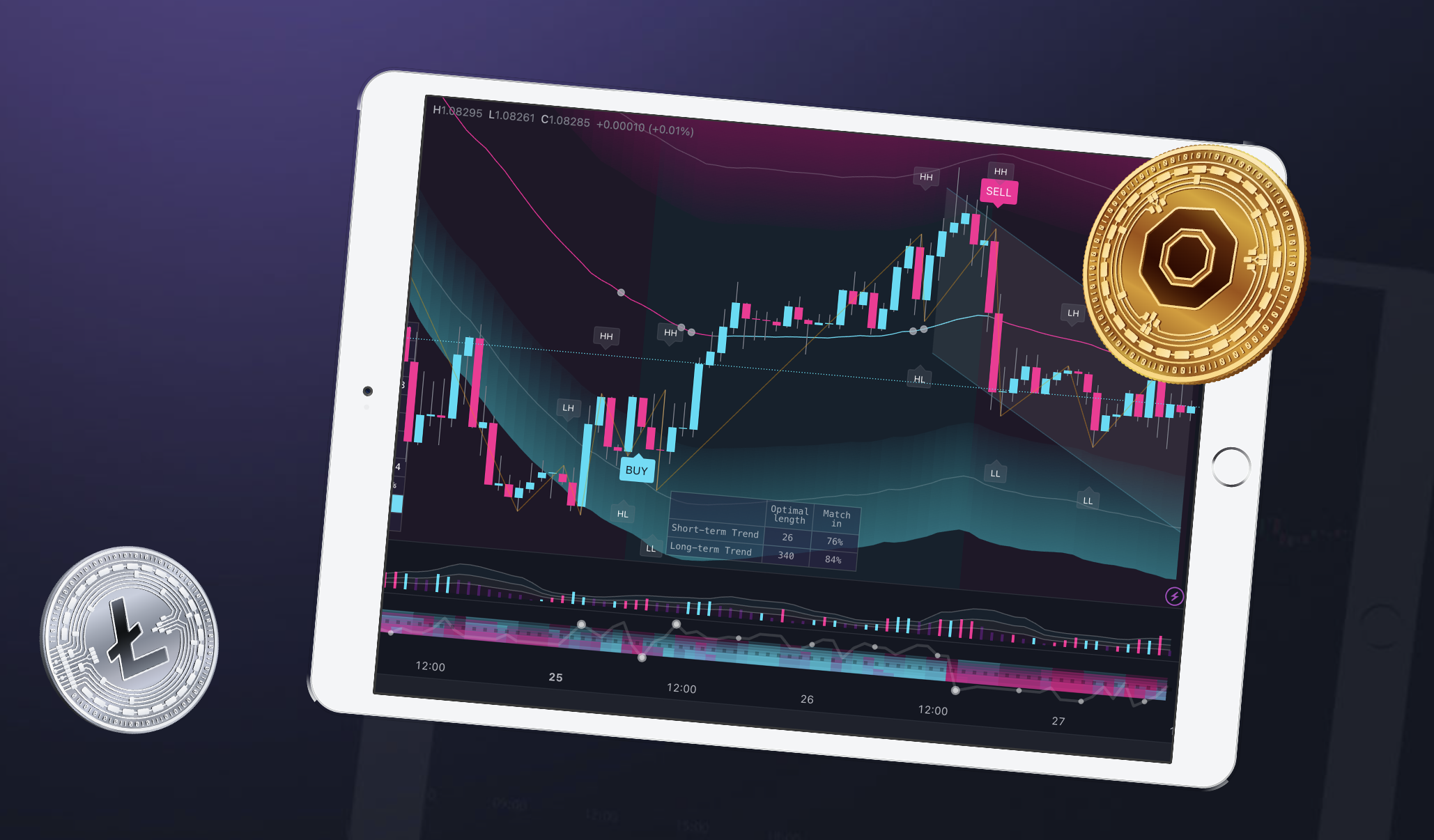
Overfitting
Liquidity Issues
Human Oversight and Maintenance
Risk Management in Crypto Algorithm Trading: Strategies for Success
Diversification
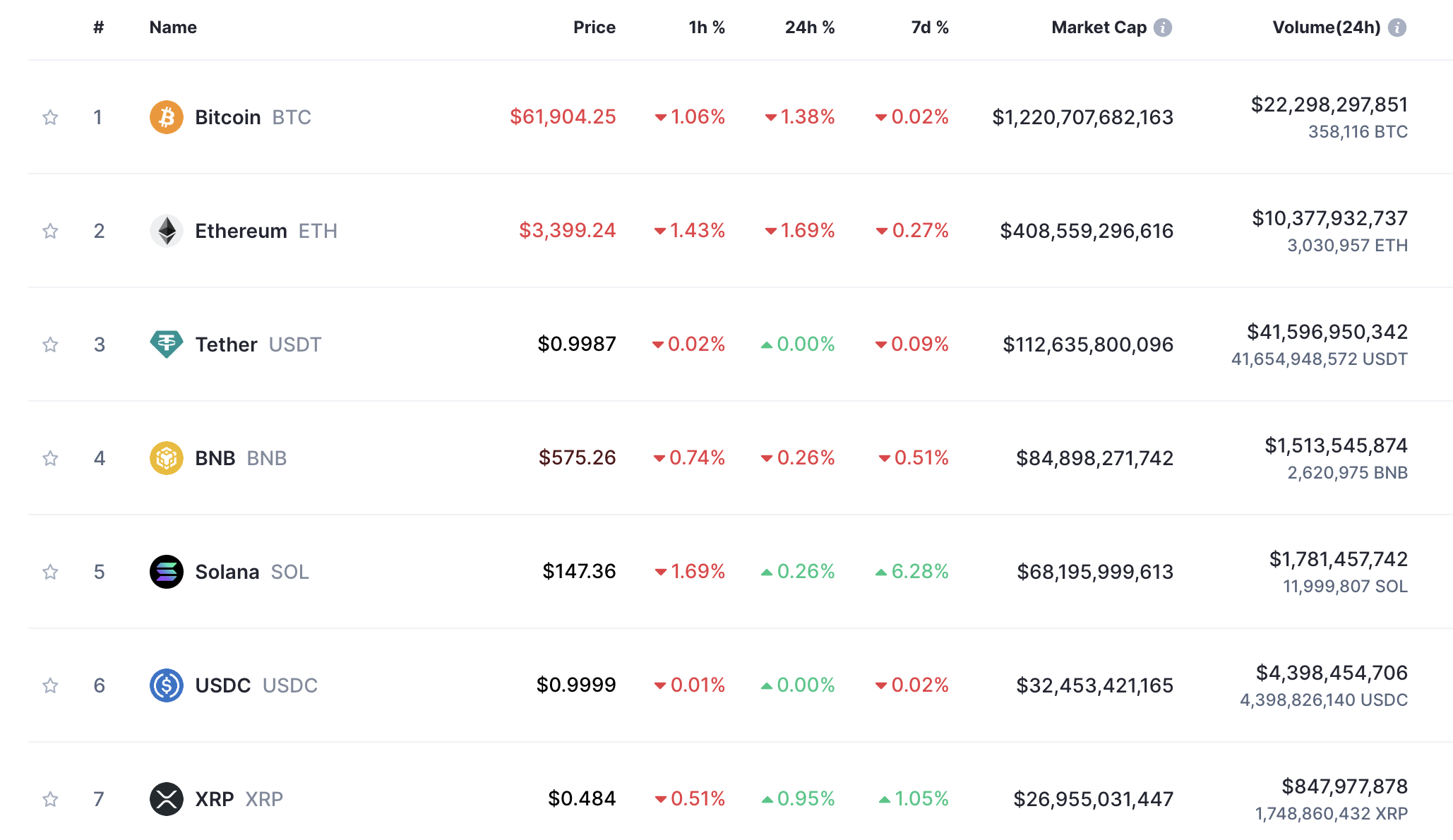
Stop-Loss Orders
Position Sizing
Backtesting and Maintenance
Legal and Regulatory Considerations in Crypto Algorithm Trading
Crypto Traditional Trading vs Algorithmic Trading – Differences and Similarities
Decision Making
Speed and Efficiency
Skillsets Required
Best Crypto Algorithm Trading Bots
Conclusion
FAQs
Is crypto algorithm trading profitable?
How do crypto algorithms work?
What are the benefits of using algorithm for crypto trading?
Is crypto algorithm trading legal?
Does crypto algorithm trading have risks?







